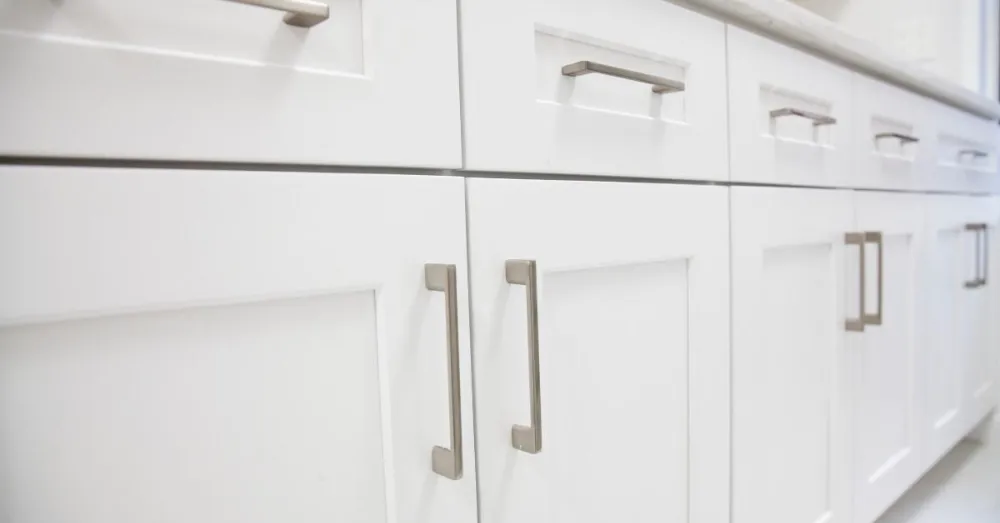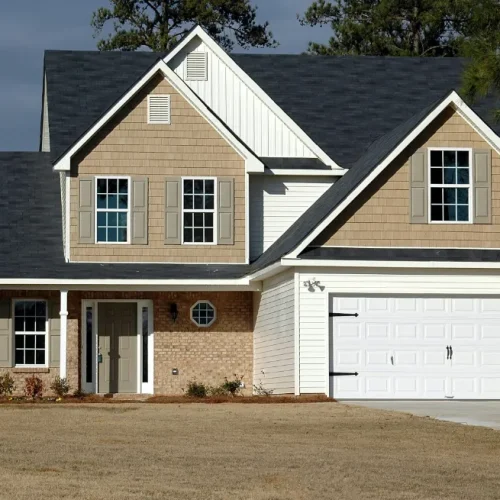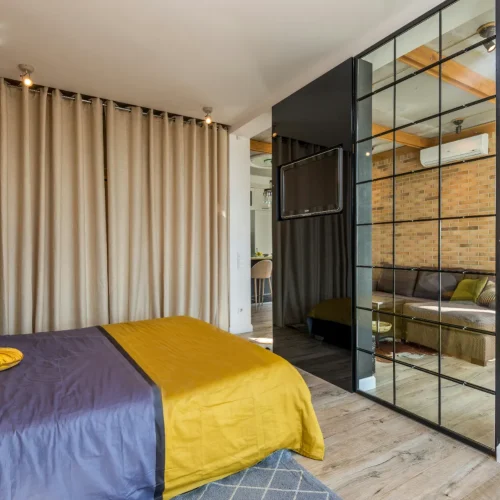
White Shaker cabinets remain one of the most popular choices for kitchens because they balance style, function, and affordability. However, the price you pay can vary depending on whether you buy wholesale or retail. Understanding the cost differences between these two options helps you decide which path makes the most sense for your project.
You may save money upfront with wholesale, but retail often provides more convenience and flexibility. Each option comes with trade-offs in price, availability, and support, which can affect both your budget and your timeline. This article breaks down those differences so you can move forward with confidence.
Wholesale white shaker cabinets typically cost 20-40% less per unit than retail due to bulk purchasing
Wholesale prices often stay lower because distributors buy large quantities directly from the manufacturer. This bulk approach reduces the cost per cabinet, which means you pay less compared to buying from a retail store. Retailers usually add higher markups to cover overhead and showroom expenses.
You can usually expect wholesale white shaker cabinets to cost about 20-40% less per unit than retail. That difference adds up quickly in a full kitchen remodel, especially if you need many cabinets. Retail outlets may offer convenience, but the price gap remains noticeable.
In areas with strong supply networks, such as Denver wholesale kitchen cabinets, the savings can be even more apparent. Wholesale suppliers in these regions often pass along reduced shipping and storage costs, which helps keep unit prices low.
For homeowners and contractors, wholesale cabinets provide a practical way to stretch a budget without sacrificing style. You still receive the same shaker design and sturdy construction, but at a fraction of the retail price.
Retail white shaker cabinets have higher prices reflecting convenience, customer support, and faster availability
Retail stores usually charge more for white shaker cabinets because they offer services that save you time and effort. You can see the cabinets in person, compare finishes, and get advice right away. This direct access often justifies the higher price.
You also pay for customer support that wholesale suppliers may not provide. Retail staff can answer questions, guide you through design choices, and help with measurements. This level of support adds value, especially if you are not experienced with remodeling projects.
Another factor is faster availability. Retailers often keep popular cabinet styles in stock, so you can pick them up quickly or schedule delivery within days. Wholesale orders may require longer lead times, which can delay your project.
Therefore, the higher retail price reflects more than just the product itself. It covers convenience, guidance, and speed, which can make a difference depending on your needs and timeline.
Wholesale options often require larger minimum orders, impacting upfront costs but lowering the price per cabinet
Wholesale suppliers usually set a minimum order quantity that you must meet before buying. This means you may need to purchase several cabinets at once rather than just a few pieces. The requirement helps suppliers keep their production and shipping costs covered.
Because of these larger orders, your upfront expense will be higher compared to retail. You commit more money at the start, which can affect your cash flow. However, the trade-off is that the cost per cabinet drops as the order size increases.
For example, retail pricing often reflects smaller quantities and higher markups. Wholesale pricing, on the other hand, spreads costs across a bulk order, giving you a lower unit price. This can make a big difference if you plan to remodel multiple rooms or manage a larger project.
If you have the budget and storage space, wholesale buying can save you money in the long run. The lower per-unit price helps reduce the total cost of your project compared to paying retail rates for each cabinet.
Retail cabinets offer more customization and immediate stock options, which can increase the overall cost
Retail cabinets often give you more design choices than wholesale options. You can select from different finishes, hardware, and sizes that fit your space. These extra choices usually add to the price because they require more materials and labor.
You also gain the benefit of immediate availability. Retail stores usually keep white shaker cabinets in stock, so you can start your project without long wait times. However, this convenience often comes at a higher cost due to storage, handling, and retail markups.
In addition, retail cabinets may include customer service support, delivery options, and showroom displays. These features can help you make decisions more easily, but they also factor into the total price.
Therefore, while retail cabinets give you flexibility and faster access, you should expect to pay more compared to wholesale cabinets that focus on lower prices through bulk sales and fewer extra services.
Shipping and lead times are usually longer and less flexible with wholesale white shaker cabinets, affecting project timelines
Wholesale white shaker cabinets often require more time to arrive because orders usually involve larger quantities. Suppliers may need to process, package, and ship pallets instead of single units, which adds extra steps before delivery.
You should also expect longer transit times, especially if the cabinets come from overseas. Customs clearance, freight schedules, and bulk shipping methods can all add days or even weeks compared to local retail purchases.
Retail cabinets, on the other hand, are often in stock and ready for pickup or quick delivery. Wholesale orders may not offer that same flexibility, which can delay your project if you do not plan ahead.
Therefore, you need to factor in these longer lead times when scheduling contractors or setting renovation deadlines. By building extra time into your plan, you can avoid costly delays and keep your project on track.
Conclusion
You save more with wholesale white Shaker cabinets if you need a large number of units, since bulk pricing reduces the cost per cabinet. Retail cabinets, however, often cost more per piece because they include service, support, and smaller order flexibility.
Your choice depends on project size, budget, and how much guidance you want during the buying process. Wholesale works best for contractors or large remodels, while retail fits smaller projects where convenience matters more than cost savings.
By weighing price against service and availability, you can decide which option gives you the best balance for your kitchen project.













